Well, just about everything needs energy. But there are a few transportation systems that use energy that is already available and not used for anything else. In this article, I want to show you three solutions that require no oil to be pumped, no coal to be burned, and no electricity to be generated.
Water Balast Railways
What goes up must come down. This well-known motto sums up the operation of a water balast railway.
Many of you may have ridden a funicular before. You will have noticed that there are always two cars traveling at the same time, but in opposite directions. One car goes uphill while the other goes downhill. They pass each other in the middle and then continue their journey.
The cars are pulled by the same cable, which means they are mechanically connected.
Many funiculars are powered by a motor or steam engine that moves the wheel, which then moves the cable.
But there is another way that does not require a motor at all.
The two cars are already connected, and there is always one going downhill. This makes it possible for the downhill car to pull the uphill car as it moves downhill. To achieve this, we need to make the downhill car heavier than the uphill car. Then it can pull the uphill car up by gravity alone.
The weight of the downhill car can be increased by filling a tank under the car with water, which is why it is called a water balast railway.
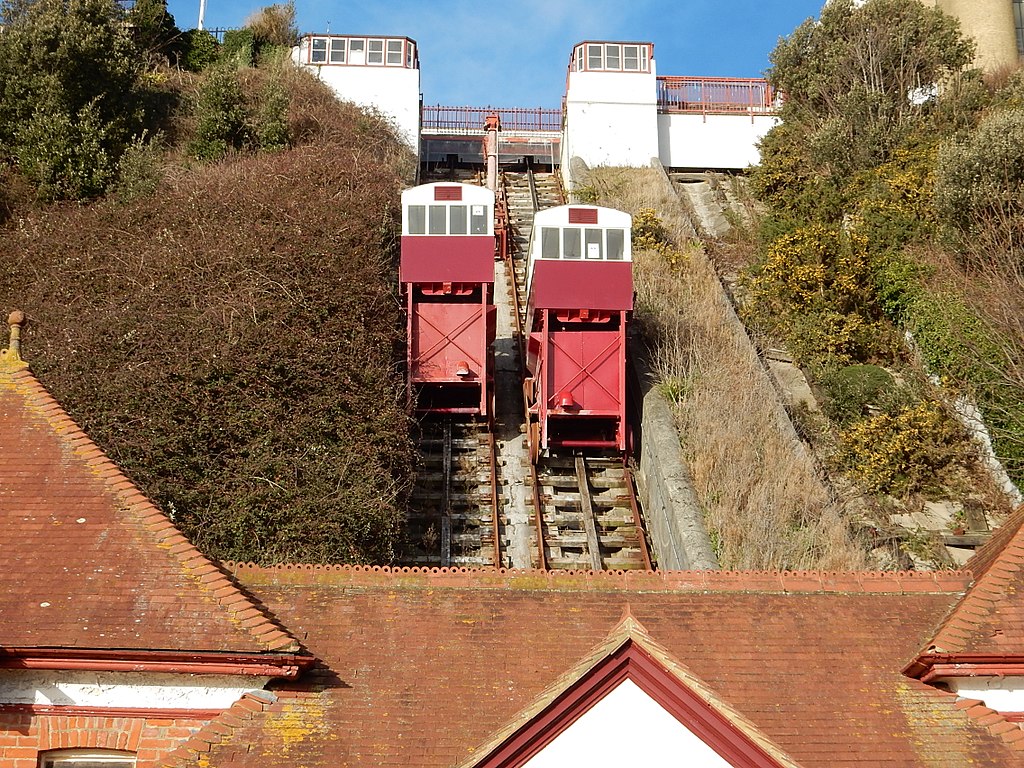
As a first step, the railroad operator calculates the weight of both cars after the passengers have boarded. This determines the amount of water needed to reliably pull the uphill car all the way to the top. This water is then poured into the tank under the downhill car.
Next, the brakes can be released and we can let gravity do its work.
When the cars reach their destination, the downhill car’s water tank is emptied, making it easier to pull it back up. The cycle can begin again.
It is an ingenious solution – no engine needed. But is the energy really free? That depends on how you get the water uphill. There are some water balast railways that pump the water from the downhill station to the uphill station. In this case, we still have to add energy to the system.
But if you can use a reservoir of water that is already at the top of the hill, you can use it to generate the gravity you need for free. Here are two notable examples of using this kind of free energy.
The first is the Centre for Alternative Technology Railway in Wales, which uses a lake in an old quarry. The lake is located at the top of the railway and is replenished by rainfall (source: Wikipedia).
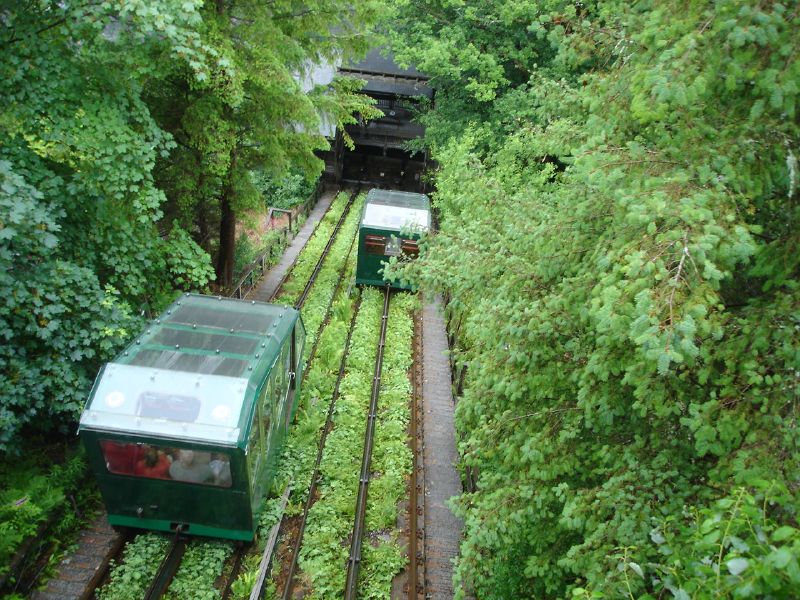
The second example is from Switzerland. The funicular railway in Fribourg does not use fresh water from a lake. It uses wastewater (Source: standseilbahnen.ch! This is a resource that is certainly available in large quantities for free. Not surprisingly, it gives off a distinctive odor when the ballast tank is filled. But it has been in use for more than a hundred years, so I’m sure the guests don’t mind 🙂
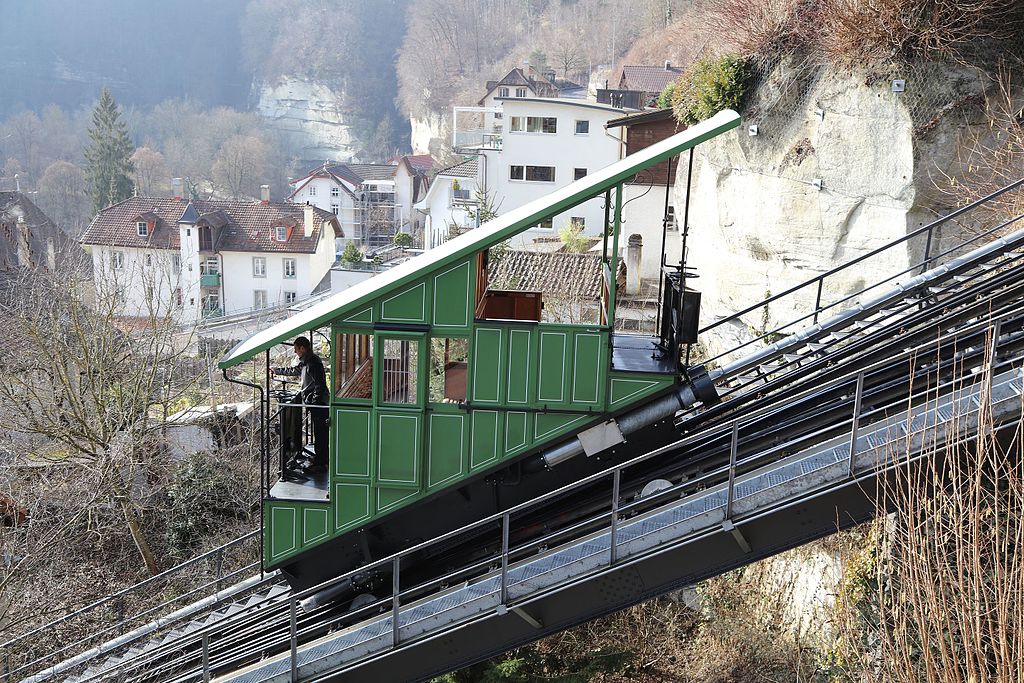
Fireless Locomotives
Now from trains that move vertically to trains that move horizontally. We all know steam locomotives. A fire burns in the boiler – usually coal, but oil or wood have also been used – the fire heats water, the water becomes steam, and the steam drives the pistons.
But there is another way to power a steam train: If you already have steam, for example from an industrial process, you can store it in the boiler of the locomotive, and then the locomotive can run on that steam without having to burn a fire. This is why they are called fireless locomotives.
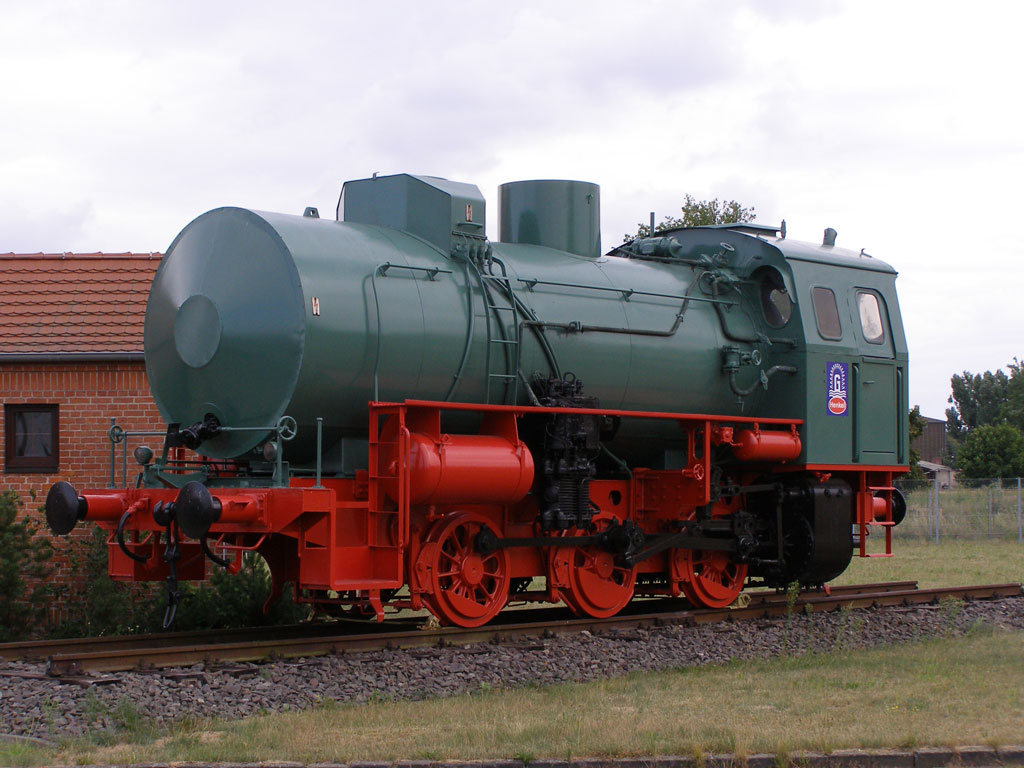
This is particularly useful in places where there is a surplus of steam, such as chemical factories or power plants. These are the places that have been the primary users of fireless locomotives. Of course, once the steam is used up, the engine has to come back for more, so they cannot travel far from the source. For this reason, the engines were mostly used for switching on the factory premises – and they are still used for this purpose today.
In Germany, a coal-fired power plant in Mannheim and a chemical plant in North Rhine-Westphalia use some of these engines. They are the last steam engines in active use in Germany – except for tourist railways, of course.
Fireless locomotives were a great solution for using excess steam energy that was not otherwise needed. They had even more advantages. They could be used in areas where there was a risk of explosion, such as chemical plants. There is no risk of the boiler exploding. And there is no smell because there is no fire burning – though I suppose some railroad enthusiasts will miss that.
Sustainable Aviation Fuels
In the final example, we leave the solid ground and look at flying objects. The airline industry is looking for ways to reduce the carbon footprint of flying. Unlike ground transportation, neither batteries nor hydrogen are promising candidates to replace fossil fuels for long-range flights.
Instead, the industry is turning to Sustainable Aviation Fuels (SAF). These are fuels made from other sources.
They can be made entirely from hydrogen and CO2, but they can also be made from biological material such as algae, sugar, wood, or even old fat. Yes, the old fryer fat from a McDonald’s restaurant can be used to power an airplane!
Until now, SAFs had to be blended with conventional kerosene to achieve the properties needed for safe flight. But recently, the airline Virgin Atlantic demonstrated the practicality of 100% SAF by flying from London to New York. The fuel used consisted of 88% fat and 12% sugar. Totally free of fossil fuels!
By the way: The idea of using old frying fat to power an engine is, of course, not new. For example, the steam engines on the Grand Canyon Railway burn it to generate steam. I have been there and can confirm that it works and that the smell is indeed reminiscent of a McDonald’s restaurant. Will we find the same smells in the airplanes of the future?
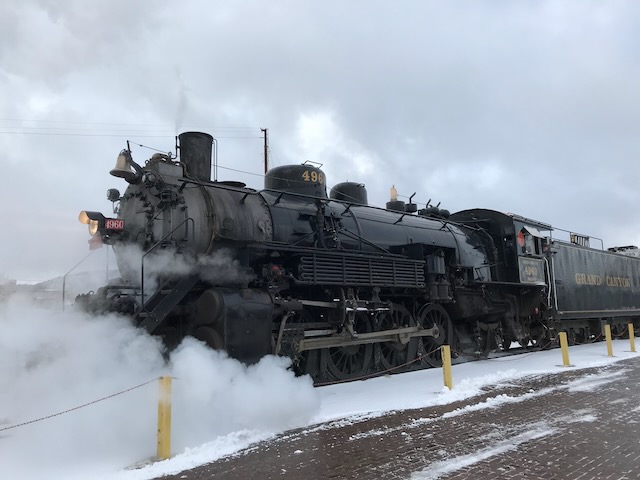
Conclusion
Today, when we talk about making transportation sustainable, everyone talks about batteries, solar power, or how to make green hydrogen. In this article, I wanted to show you that there are alternatives that use existing energy sources in unexpected ways.
With any luck, this article will inspire you to think about the problem and come up with some new, surprising solutions for the transportation systems of the future. If they also smell good, it would be a bonus :-).